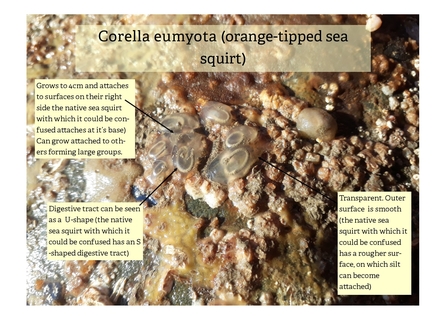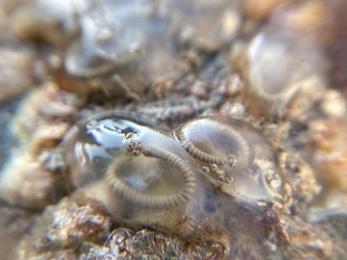Group Shoresearches were carried out at Llanfairfechan (Traeth Lafan SSSI), Cricieth (Glanllynnau a Glannau Pen-y-Chain I Gricieth SSSI) and at the end of the month at Porth Ysgo on the tip of Penllyn (Wig Bach a'r Glannau i Borth Alwm SSSI) and we carried out an exciting and re-organised have-a-go session at Trearddur bay mid-month (Anglesey terns/Morwenoliaid Ynys Môn SPA and North Anglesey Marine/Gogledd Môn Forol SAC).
Surveys completed: walkover area 189m2; number of quadrats 27, timed species searches Pacific oyster – 70mins.
Number of volunteers: 17, number of new recruits coming to group surveys: 6, Have-a-go attendees: 4















